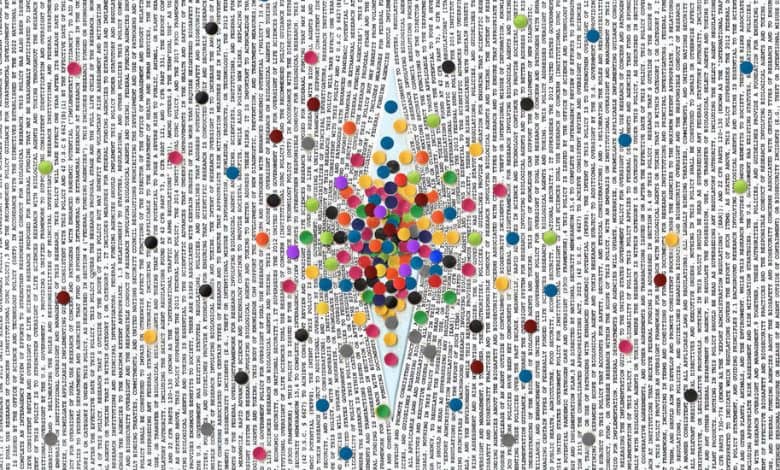How to Protect the World From an Accidental Pandemic

It’s been about a century since viruses were recognized as causing devastating human diseases. Since then, scientists and public health experts have diligently tried to reduce the threats they pose by developing vaccines and treatments, improving ventilation and more.
So it was stunning when, in 2012, scientists published papers describing how they had done the opposite: They had genetically engineered highly lethal avian flu viruses to make them more contagious between mammals, potentially including humans.
The researchers said they pursued this work to deepen their scientific understanding of avian influenza. We were among the many experts around the world who objected to their research. The risk of an accidental or deliberate pandemic emerging from these enhanced viruses far outweighed any potential scientific benefit.
In the six years before the Covid-19 pandemic, the U.S. government paused, then restarted, funding for such work, putting in place restrictions that — although stronger than those in many other countries — some researchers still seemed to find ways around. The rules lacked transparency about what research was being approved and funded, and they were insufficient to ensure safety and security.
The potential role of a laboratory accident in causing the Covid pandemic remains uncertain and widely debated. But what is clear is that we still urgently need stronger government oversight of risky virus research.
The U.S. government recently released a detailed new policy, which if fully implemented would establish strong oversight and set concrete rules about whether and under what conditions this kind of high-risk scientific work can be done. This work was initially called “gain of function” research, because much of it involved giving viruses new abilities. But many scientists recognized that term as vague and overly broad. The new policy corrects this misnomer and addresses oversight on scientific research involving pathogens with enhanced pandemic potential, or PEPP.